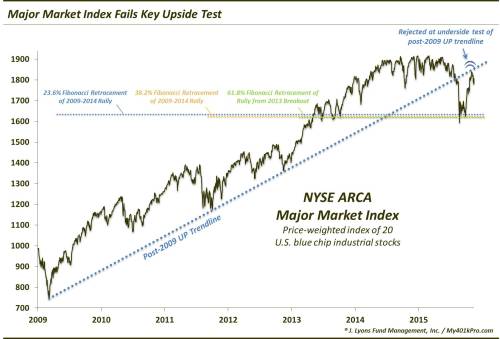Ride Your Winners – Never Get Out Unless the Trend Changed
- One time, [Ed Seykota] was short silver and the market just kept eking down, a half penny a day, a penny a day. Everyone else seemed to be bullish, talking about why silver had to go up because it was so cheap, but Ed just stayed short. Ed said, “The trend is down, and I’m going to stay short until the trend changes.” I learned patience from him in the way he followed the trend.
- During the great soybean bull market, the one that went from $3.25 to nearly $12, I impulsively took my profits and got out of everything. I was trying to be fancy instead of staying with the trend. Ed Seykota never would get out of anything unless the trend changed. So Ed was in, while I was out, and I watched in agony as soybeans went limit-up for twelve consecutive days. I was real competitive and every day I would come into the office knowing he was in and I was out. I dreaded going to work, because I knew soybeans would be bid limit again and I couldn’t get in.
- If you don’t stay with your winners, you are not going to be able to pay for the losers.
Get Out When the Volatility and Momentum Become Absolutely Insane
- One way I had of measuring that was with limit days. In those days, we used to have a lot of situations when a market would go limit-up for a number of consecutive days. On the third straight limit-up day, I would begin to be very, very cautious. I would almost always get out on the fourth limit-up day. And, if I had somehow survived with any part of my position that long, I had a mandatory rule to get out on the fifth limit-up day. I just forced myself out of the market on that kind of volatility.
Take Note of Intraday Chart Points
- I learned the importance of intraday chart points, such as earlier daily highs. At key intraday chart points, I could take much larger positions than I could afford to hold, and if it didn’t work immediately, I would get out quickly. For example, at a critical intraday point, I would take a twenty-contract position, instead of the three to five contracts I could afford to hold, using an extremely close stop. The market either took off and ran, or I was out. Sometimes I would make 300, 400 points or more, with only a 10-point risk.
- Although that approach worked real well then, I don’t think it would work as well in today’s market. In those days, if the market reached an intraday chart point, it might penetrate that point, take off, and never look back. Now it often comes back. (more…)


 One of intelligent honest things that
One of intelligent honest things that 


 1. I must be
1. I must be